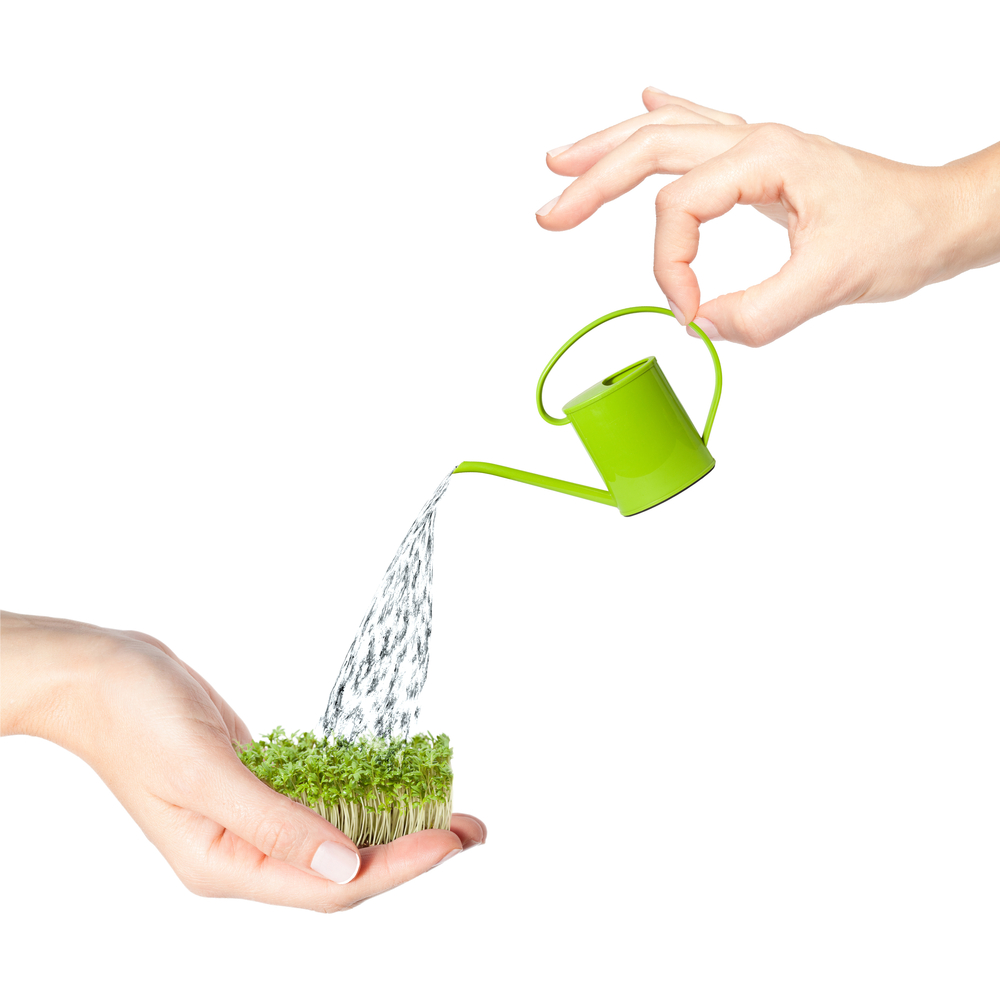What is a "Wetting Agent?"
A Wetting Agent is a Surfactant, or Surface Active Agent. It is a detergent-like substance that reduces the surface tension of water, allowing it to penetrate soil more easily.
Why apply a Wetting Agent?
- Conserves water
- Saves you money
- Makes the most of your fertilizer applications
- Reduces runoff and pollution
It has rained often lately, why do I need to continue to apply a Wetting Agent?
There are a few reasons that soil can become hydrophobic or repel water. The first is the most characteristic of Colorado's dry high-desert climate. We typically go through periods of little precipitation, drying out the top layer of soil and thatch and making the turf resistant to water penetration. Then, when the heat returns in the spring and summer, those areas bake even harder and tighter which reduces moisture infiltration even further. When water finally becomes available, it can't reach the roots of the grass. Instead, it evaporates or runs off the surface - taking fertilizers, herbicides, insecticides and other important nutrients right along with it into the gutter where it isn't helping your lawn or the environment.
Another reason for water repellency is the clay-like or sandy soil often found in Colorado. These dense types of earth cause water to penetrate the soil more slowly than more coarse textured soil types, because the area between the soil particles are smaller. If you combine dense soil with some surface drying and add a classic Colorado June afternoon soaker, you end up with soil erosion instead of beneficial moisture retention. We find that even in the space of one lawn you can have varied soil compositions, causing hydrophobic spots that resist wetting and result in patches of dead turf.
Studies on Surfactants have shown that soil that is hydrophobic but treated with a wetting agent to reduce surface tension and allow water penetration are more likely to retain vital moisture even when the soil is allowed to dry out in between wettings (perfect for Colorado's unpredictable weather!) When used in combination with a program of Aeration, to further allow water to penetrate past the hydrophobic layer, the results can be a dramatically healthier and more beautiful lawn. ("Turf Magazine" June 2008)
If you have any questions, please Contact Us.
If you are an existing customer, click here to Request an Estimate or Service.
If you are a NEW customer, click here to Request a Free Estimate.




